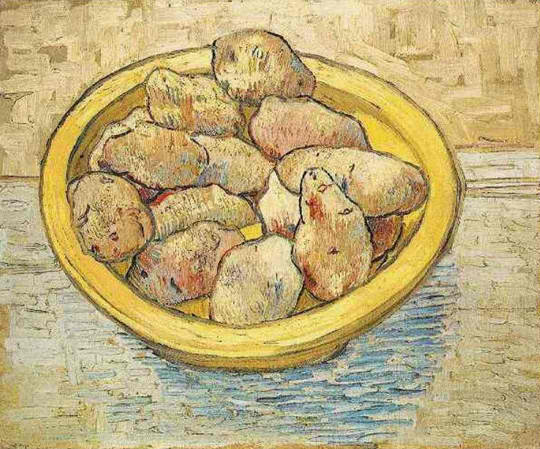The original kitchen whisks were handfuls of twigs used in 17th Century Europe. Two hundred years later, the Victorians began making them out of wire.
Al Michaels has “never eaten vegetables.”
Ital food, the food of the Rastafarian religion, is vegan except for the inclusion of fish. And here I was thinking that the West Indian places in my neighborhood that sell “soy chunk stew” with roti were making concessions to the marketplace. As if Rastas make concessions.
5,000 years ago much wine was made in qvevris, huge beeswax-lined clay pots that are buried in the ground.
California’s Central Valley is the world’s largest Class 1 plot of soil. It’s the largest supplier of canned tomatoes in the world and grows most everything under the sun. Three of its cities are among the five poorest in the nation, and the microscopic dung from industrial megadairies and feedlots and the exhaust trapped between the valley’s mountain ranges make the air taste like shit and rank amongst the most polluted in the country. The place is going down it it doesn’t get checked.
A farmer named Paul Buxman is promoting his California Clean system, which unlike an organic classification system allows for chemical fertilizers but limits participants to farms less than 100 acres and which have active plans promoting healthy soil and local ecosystems.
We have no national food or farming policy that protects our farmland from depletion or promotes the public health.
The Times ran an illustrated telling of the Frederick the Great Potato Scheme I believed I had noted here (but was apparently mistaken, and which I will now have to address next week), adding the fact that folks to this day place potatoes on Old Fritz’s grave
There exists a photo of Bob Dole eating a hot dog in such a way that it sure looks like he’s giving a blowjob.



